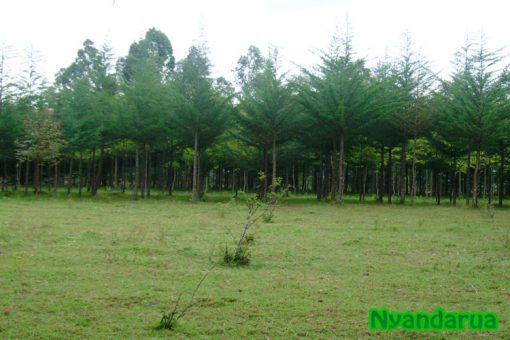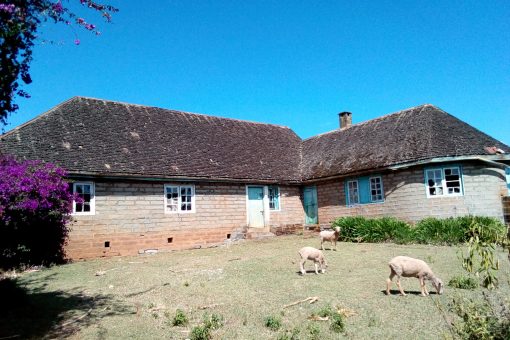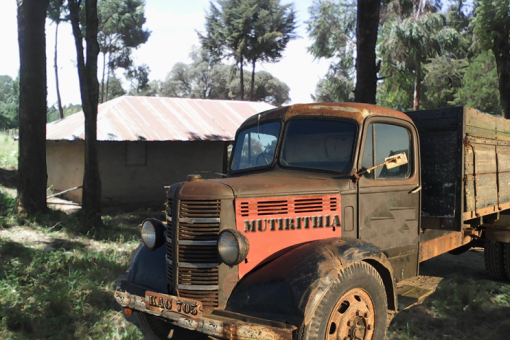The only greens that flourished in the drought were some hostile weeds called Thabai. Nyeri people called them Hatha. The English name is Stinging Nettle. One touch of Thabai and your skin broke out in ugly painful bumps. Behind my house, there was so much Thabai, nobody ever ventured back there. Whenever the Thabai got too thick and spread too close to the house, my parents made us wear gumboots and tie plastic wrappings on our arms and cut the Thabai as close to the ground as possible, leaving it to wilt and dry up so we could burn it. Whenever we did that, the Thabai came back with a vengeance. It grew back faster and thicker as though taunting those who dared cut it down. When all other vegetation died during those dreadful dry months, Thabai stood up stronger than ever. They were the only green leaves swaying in the wind as we cautiously walked past. It almost seemed like they were mocking us “we are still here although all your other favored vegetables are gone”. As children, we often wondered why God made such useless and unfriendly plants, yet giving them more resilience than our other “useful” plants.
God must have heard our innocent childish wonder. With no Kahurura or pumpkin leaves anywhere to mash Mukimo for this predominantly Kikuyu society, the ingenuity of our very capable mothers rose to the surface. The women of Nyandarua discovered Thabai was edible and was wonderful for mashing Mukimo, a perfect substitute for the elusive Kahurura. All they needed was to find a way to handle that hostile plant, pluck its beautiful evergreen leaves, without getting stung by them. My father heard of the dilemma. From one of his business trips, he brought back some long metal tongs that were ideal for harvesting the Thabai leaves without any of it touching your skin. He told us the metal tongs were called “Shumuta”. I dont know whether that was their widely known name, but that is what we called the tongs, even up to this date. They are still somewhere in my mothers house.
Shumuta became the tool our mother used to harvest Thabai. She used it for washing the Thabai and adding it into the pot. Thabai did not need to be chopped. Once it cooked, the sting was gone, you could handle it like any other vegetable. Thabai cooked and mashed well just like Kahurura, with an end result of beautiful green Mukimo, served in well rounded mounds (mataha). The more our mother harvested the Thabai, the more aggressively it seemed to multiply. That meant, we had Mukimo throughout the year, even during the dry months. Families that knew about the Thabai “plantation” at the back of our house, often came to borrow and mother was glad to share, including lending them our prized Shumuta that often generated excitement and admiration.
Our Thabai questions to Our Creator were answered with full stomachs. God put that resilient weed in Nyandarua because He knew it would save the day when all other farm vegetables were scarce during the dry season. This was an early life lesson for us. Everything has a purpose. You may not understand it right away, but if you hold on long enough, some clarity will find you and fill those empty spaces.
Later, Scientists discovered the health benefits of this previously despised plant that grows wild in Nyandarua. Thabai “cures arthritis, a herbal treatment for allergies, relieves hair loss, treats Celiac disease, bleeding, bladder infections, skin complaints, neurological disorders and a long list of other conditions”. Full disclosure: I lifted that medical information from Wikipedia, you may want to check it out for yourself.
The Thabai eating people of Nyandarua were way ahead of the science community. With no laboratories, test tubes, beakers or microscopes, our mothers had street smarts that enabled them lead the charge in food security for their families. I am glad they did and I am glad science has finally caught up with them. Congratulations Nyandarua Mamas.




